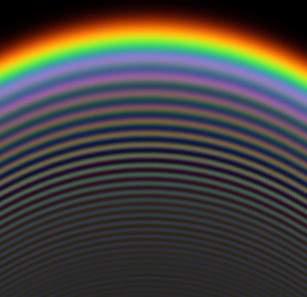Navigation

Navigation is the process of monitoring and controlling the movement of a craft or vehicle from one place to another. The word navigate is derived from the Latin “navigate”, which is the command “sail”.[1] More literally however, the word “Navi” in Sanskrit means ‘boat’ and “Gathi” means ‘direction’.
Celestial navigation, also known as astronavigation, is a position fixing technique that has steadily evolved over several thousand years to help sailors cross featureless oceans without having to rely on estimated calculations, or dead reckoning, to enable them to know their position on the ocean. Celestial navigation uses “sights,” or angular measurements taken between a visible celestial body (the sun, the moon, a planet or a star) and the visible horizon. The angle measured between the sun and the visible horizon is most commonly used. Skilled navigators can additionally use the moon, a planet or one of 57 navigational stars whose coordinates are tabulated in the Nautical Almanac and Air Almanacs.
Celestial navigation is the process whereby angular measurements (sights) taken between celestial bodies in the sky and the visible horizon are used to locate one’s position on the globe, on land as well as at sea. At any given instant of time, any celestial body is located directly over only one specific geographic point, or position on the Earth, whose address is described by latitude and longitude.
Would not have been invented without:
Astronomy
Optics



 Sailing is the art of controlling a boat with large foils called sails. By changing the rigging, rudder, and sometimes the keel or centre board, a sailor manages the force of the wind on the sails in order to change the direction and speed of a boat. Mastery of the skill requires experience in varying wind and sea conditions, as well as knowledge concerning sailboats themselves.
Sailing is the art of controlling a boat with large foils called sails. By changing the rigging, rudder, and sometimes the keel or centre board, a sailor manages the force of the wind on the sails in order to change the direction and speed of a boat. Mastery of the skill requires experience in varying wind and sea conditions, as well as knowledge concerning sailboats themselves.